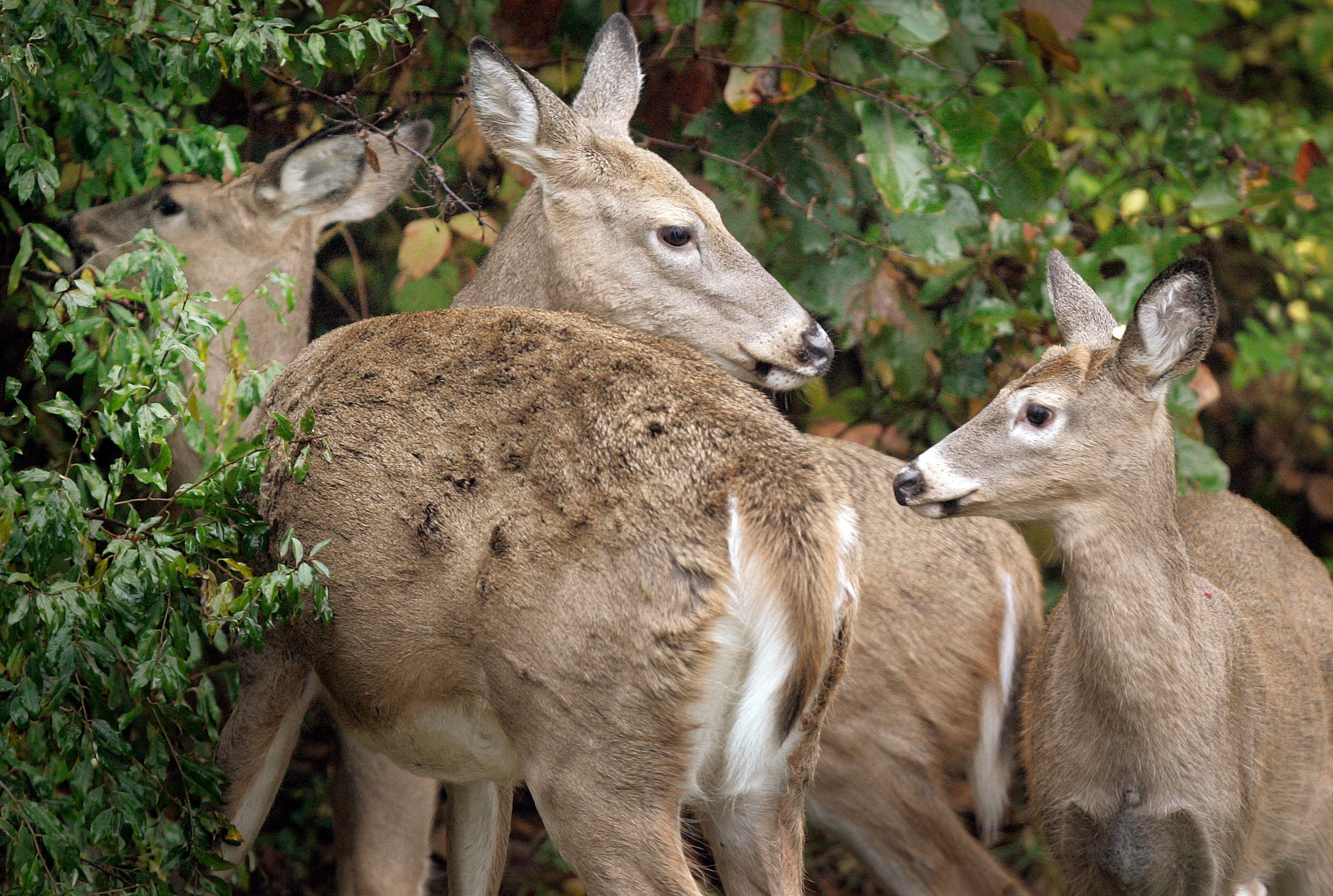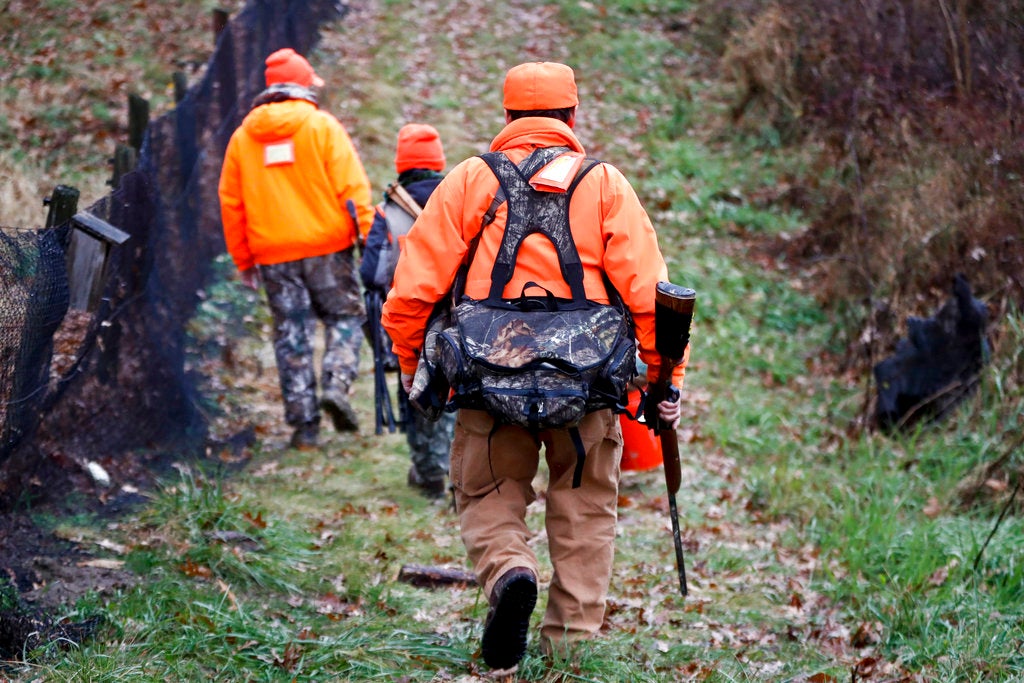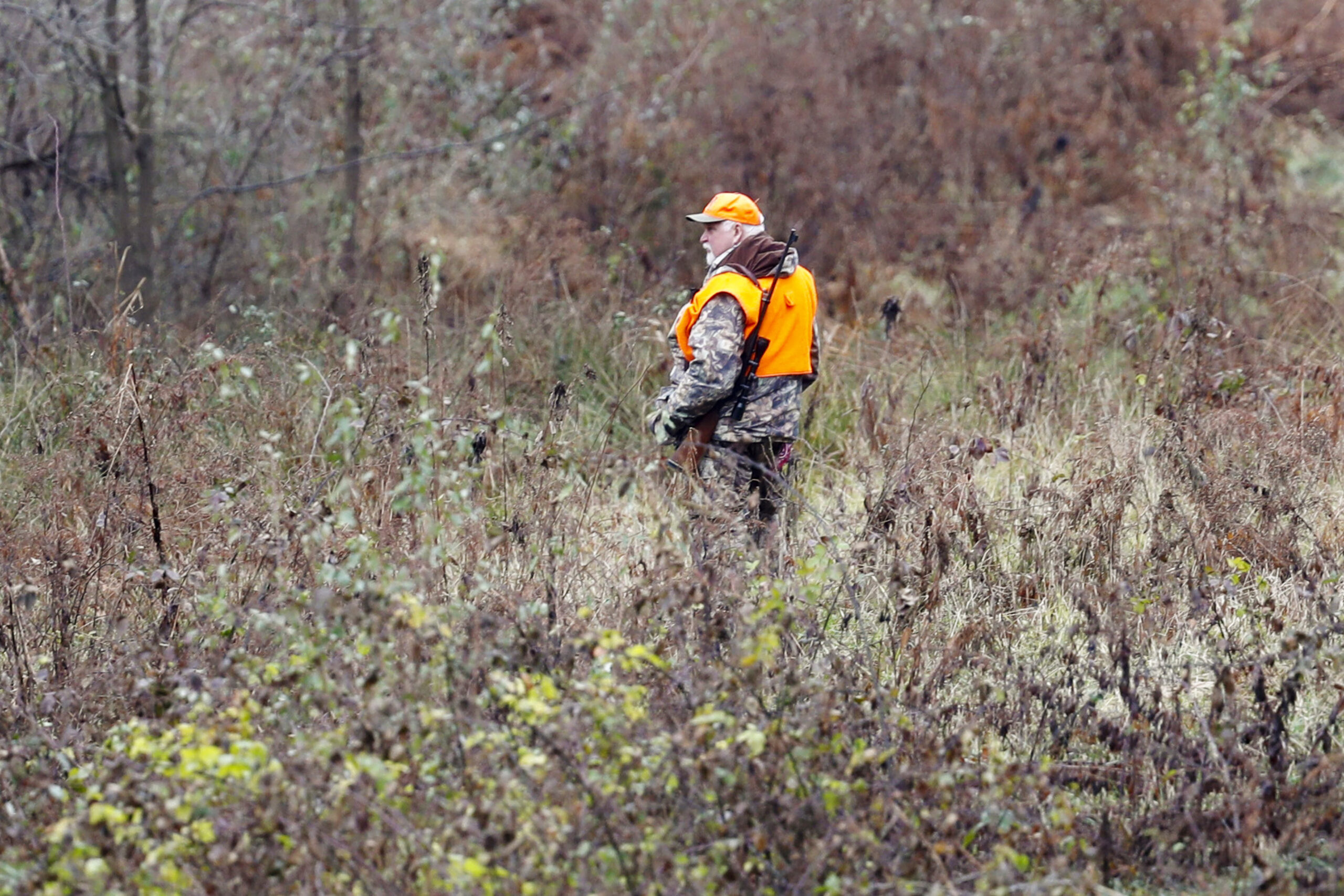A state appeals court has ruled that a Washburn County man did not violate a chronic wasting disease baiting and feeding ban when he placed pumpkins and piles of corn near two deer hunting stands on his property.
John Walker of Minong was cited $544 by the Department of Natural Resources one day before the 2015 gun-deer hunting season for violating a ban on baiting and feeding deer, which was enacted after a deer tested positive for CWD in 2012.
According to court documents, DNR wardens conducting aerial surveillance spotted two piles of corn and pumpkins on Walker’s property. Walker told wardens he placed the corn under the tower stand to feed his dogs.
Stay informed on the latest news
Sign up for WPR’s email newsletter.
In March 2016, Washburn Circuit Court Judge Eugene Harrington dismissed the DNR’s case in an oral ruling stating the agency failed to show that Walker’s purpose was to hunt above the feed.
“The mere fact that there’s corn piles and pumpkins perhaps in the woods the day before deer season, that doesn’t necessarily indicate somebody’s going to hunt over those. There was no review of the deer stands,” Harrington said. “There was no evidence that the deer stands were ready for hunting. … There was no admission from Walker directly to the warden that he intended to hunt over that. I think the state has failed to carry its burden, and the case is dismissed.”
On Tuesday, the state appealed its case but Third District Appeals Court Judge Thomas Hruz affirmed the lower court’s decision.
In his ruling Hruz wrote that the state statute on baiting and feeding in CWD affected counties, “requires the state to prove not only that bait or feed material was placed or used, but also that a person’s purpose for doing so was to hunt wild animals or train dogs.”
Hruz went further by stating that the state’s definition of “bait” or “feed” seems to imply intent to attract wild animals.
“For example, large containers of picked fruit placed on a patio and then forgotten could likely attract wild animals. Is the placement of festive jack-o’-lanterns a violation of the regulation if it is done without any intent to attract wild animals? It would seem not.”
In a statement DNR spokesman Jim Dick said “this ruling only affects this specific citation and case.”
“While charged with enforcing state law, both rules and statutes, the department will continue to exercise enforcement discretion and appropriate use of citation authority,” Dick said.
The DNR hasn’t said whether it will appeal the case against Walker to the Wisconsin Supreme Court.
Wisconsin Public Radio, © Copyright 2024, Board of Regents of the University of Wisconsin System and Wisconsin Educational Communications Board.





